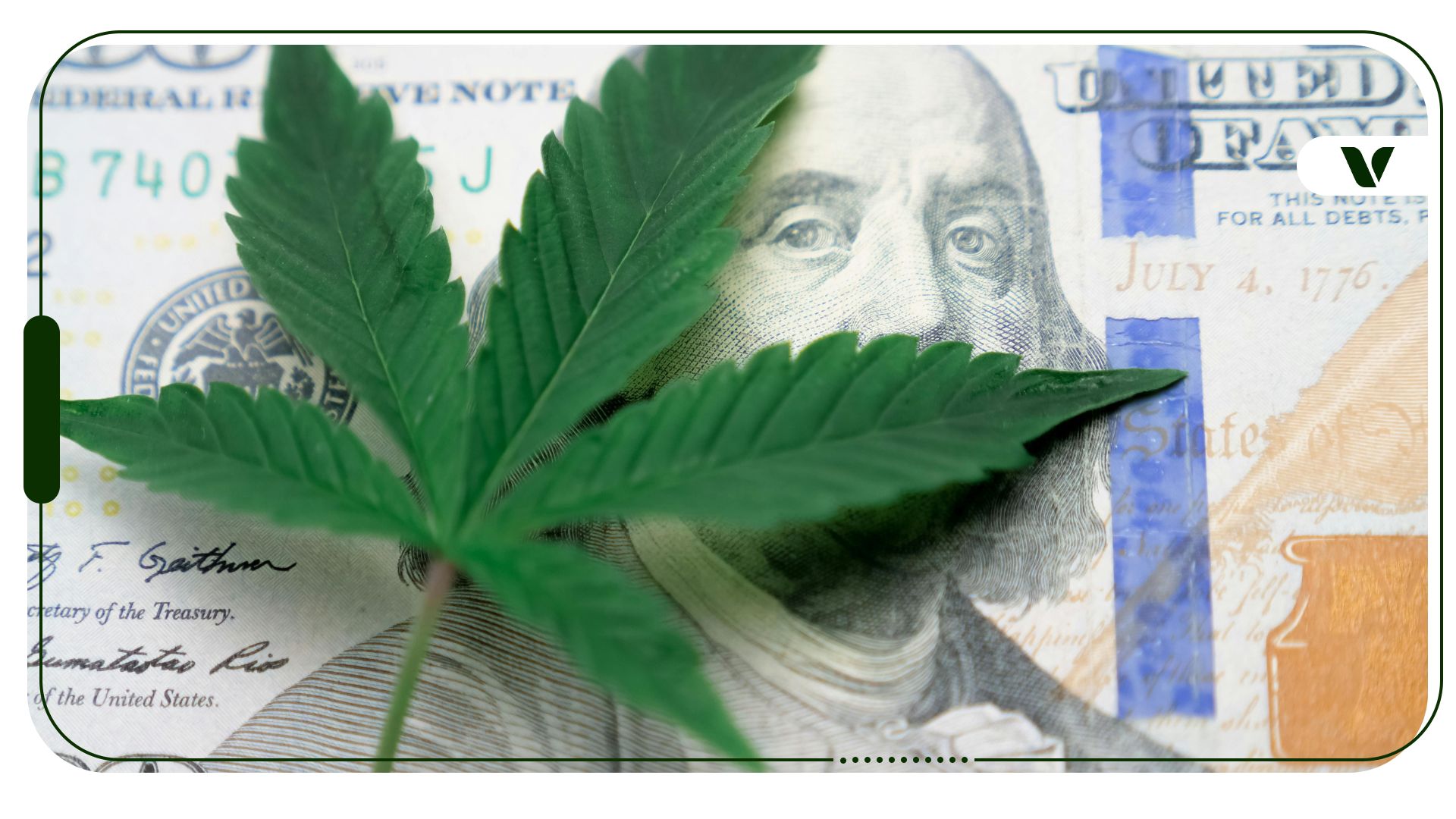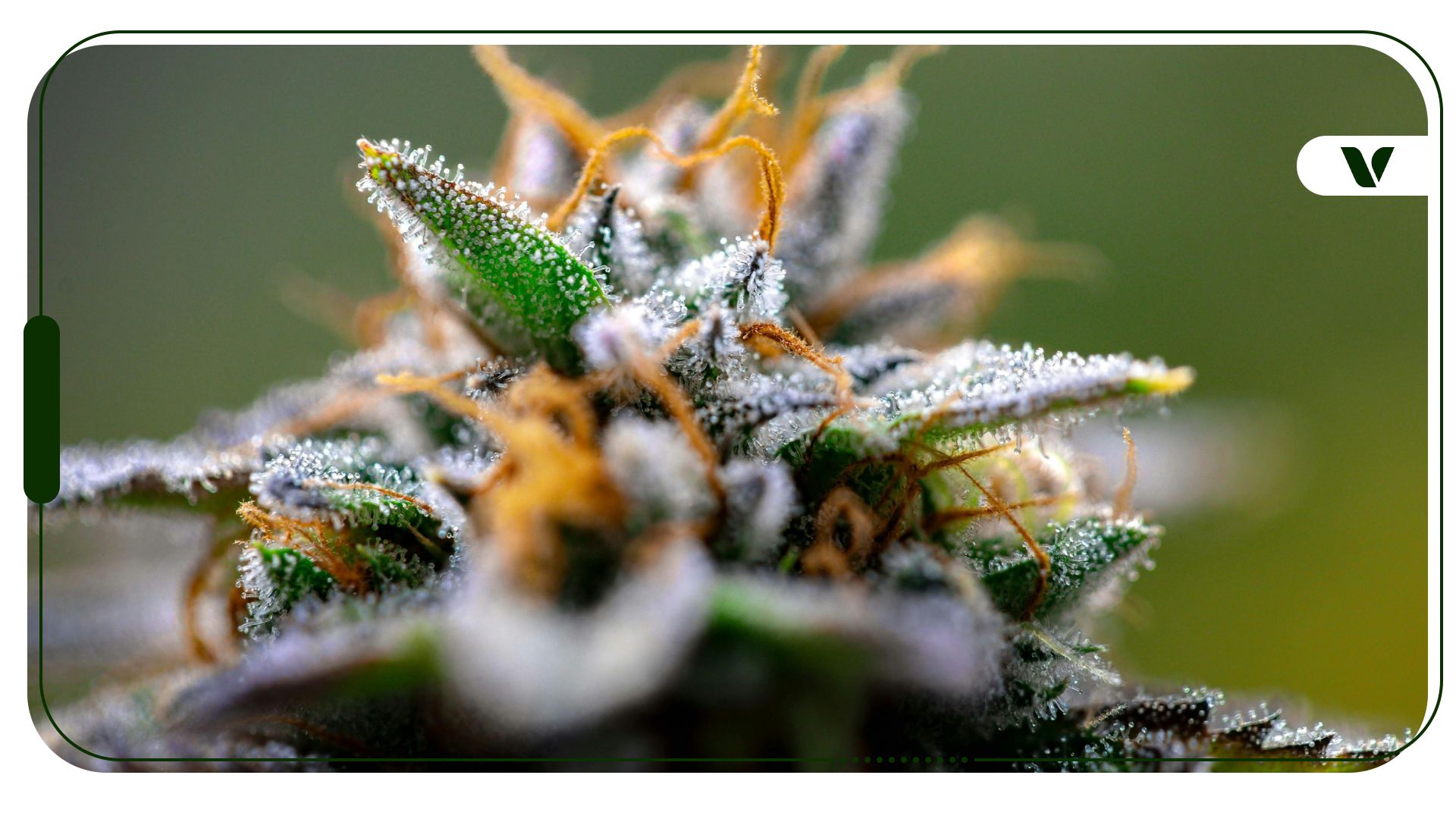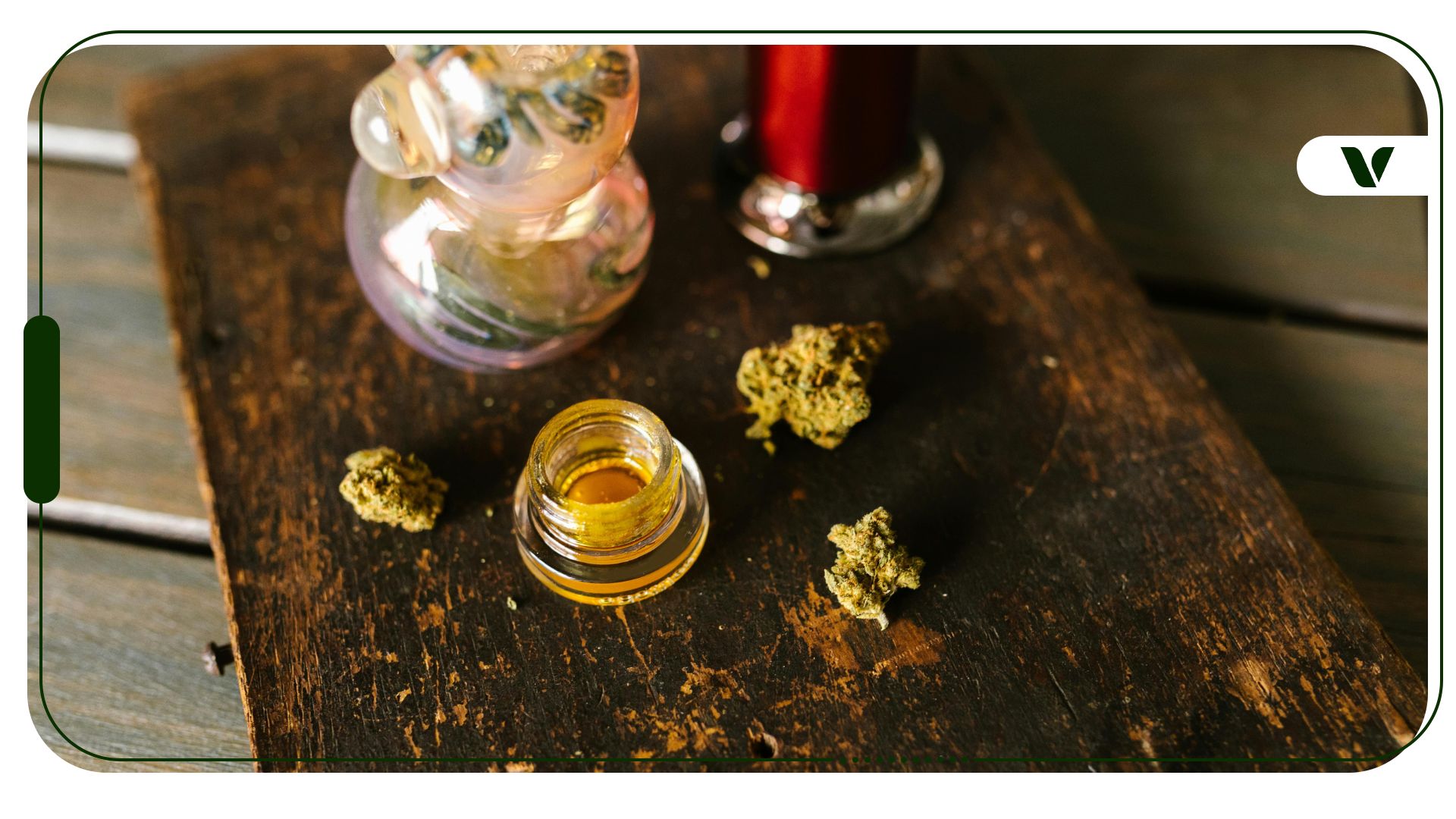As many of you know, media coverage, patient anecdotes, and scientific studies have in recent years demonstrated the medicinal value of cannabinoids, the active ingredients in the cannabis plant. Of the various cannabinoids found in the plant, THC and CBD are the most abundant as well as the most frequently studied.
However, there is a novel cannabinoid that is creating a lot of buzz in the cannabis world these days: cannabigerol (CBG). For a comprehensive look at this cannabinoid’s properties and benefits, check out our article on CBG. Let’s dive into some of the recent research surrounding CBG and how this cannabinoid is being linked to the treatment of pain.
Pain Relief Without Intoxication
As a cannabis coach, I am extremely excited about the potential for CBG to treat pain! This cannabinoid, in my mind, opens up a lot of possibilities.
In a marketplace where THC and CBD are the most prevalent and well-understood cannabinoids, walking a patient through managing pain usually consists of getting them on a consistent regimen of CBD (with some THC to allow the CBD to work most effectively). If they are not experiencing pain relief with CBD-dominant products, the next step is to incorporate THC (in higher quantities) into their routine.
Many pain patients report that when it comes to leveraging THC and CBD, a balanced cannabinoid ratio, or 1:1 formula of CBD to THC, is the right formula for their intended purposes. However, I’m excited to report that intentional titration of CBG may also be a promising and viable pain treatment technique that people can use to treat their pain. What this enables is the treatment of pain without intoxication. This is really important, for many reasons!
As discussed above, one of the most common cannabis treatment plans for a patient suffering from pain is to leverage the analgesic properties of THC. And for many people, this option works great! However, THC innately presents some complications that make it challenging and less appealing for some users.
For example, there are many pain patients who are averse to leveraging THC on account of its intoxicating effects. Patients can be hesitant about THC intoxication for many reasons, including occupational and drug testing concerns, preference to stay “clear-minded,” or the onset of additional dizziness—which can actually further disable certain patients who have been struggling with dizzy spells or falls.
Due to the nature of THC’s intoxicating effects, it can also be difficult to access in certain regions. In most recreational legal cannabis states—a growing list, with 19 states now featuring recreational legal marketplaces—THC is available. However, in states without any cannabis programs, and even some with medical programs, it can be challenging for patients to access quality THC-rich products.
Why You Should Get Your Medical Marijuana Card
Veriheal has satisfied millions of patients nationwide by giving them access to these benefits
- Larger purchase limits
- Peace of mind
- Enhanced legal protection
- Access to higher potency strains
- Save up to 25% on cannabis purchases
- Skip the line at the dispensary
So for many of these reasons and more, THC for pain may not always be the best option for all patients. This is why the emergence and enhanced understanding of CBG products could be so influential in the world of cannabis wellness. This novel cannabinoid has the potential to increase access to non-intoxicating analgesic benefits for the pain patients who need it most.
How Does CBG Reduce Pain?
In his article “Cannabinoids in the management of difficult to treat pain,” the renowned Dr. Ethan Russo explores the correlation between CBG and pain management. In the paper, Dr. Russo references the fact that CBG is a GABA reuptake inhibitor. But what does this mean, and how does it relate to pain?
GABA is short for gamma-aminobutyric acid and is an endogenous neurotransmitter. As explained by the Pain News Network, when our neurotransmitter system does not have enough GABA, we experience pain. For this reason, pain patients may find relief through natural means to increase GABA in the brain. This can be done by taking supplements that are correlated with increased GABA, such as valerian root or ashwagandha, or by reducing the brain’s natural reuptake of GABA.
CBG’s ability to act as a GABA reuptake inhibitor means that it can help to preserve the levels of GABA in the brain and spinal cord. This is similar to how selective serotonin reuptake inhibitors (SSRIs) function in their ability to preserve serotonin in the brain. Because CBG can help to inhibit the reuptake of GABA, a neurotransmitter that has been correlated to pain reduction, it is possible for patients to leverage this cannabinoid in their pursuit of reduced pain.
How to Use CBG to Treat Pain
In order to explore CBG and try using it for your pain, you will first need to find yourself a reputable supplier of CBG-rich products. Look out for CBG in your local cannabis dispensary and perhaps do a quick search online. CBG, as it stands, is currently regulated similarly to CBD due to its lack of intoxicating properties. This means you can order CBG products online!
As always, look out for brands that can indicate third-party testing and provide lab results to confirm the safety and quality of the product ordered. CBG products may include but are not limited to CBG-rich cannabis flower, CBG vape cartridges, and tinctures and infused oils (e.g., FECO) that have CBG as a part of the formulation.
If you are in pain or know anyone in pain, consider passing on the knowledge about CBG and/or giving it a try. Has CBG worked for you? We’d love to hear about it! Here at Veriheal, we’re committed to finding the cannabis strategies that work for real patients and then sharing this information widely. We all deserve to live a pain-free life in the new year!
Note: Everyone’s endocannabinoid system is different. Just because products with a 1:1 CBD to THC cannabinoid ratio or CBG provide pain relief for many, your body may respond differently. When treating pain, it is suggested that you work closely with your doctor, a cannabis coach, or knowledgeable cannabis professionals in your life to discuss the options for your particular symptoms.
Author, Share & Comments









